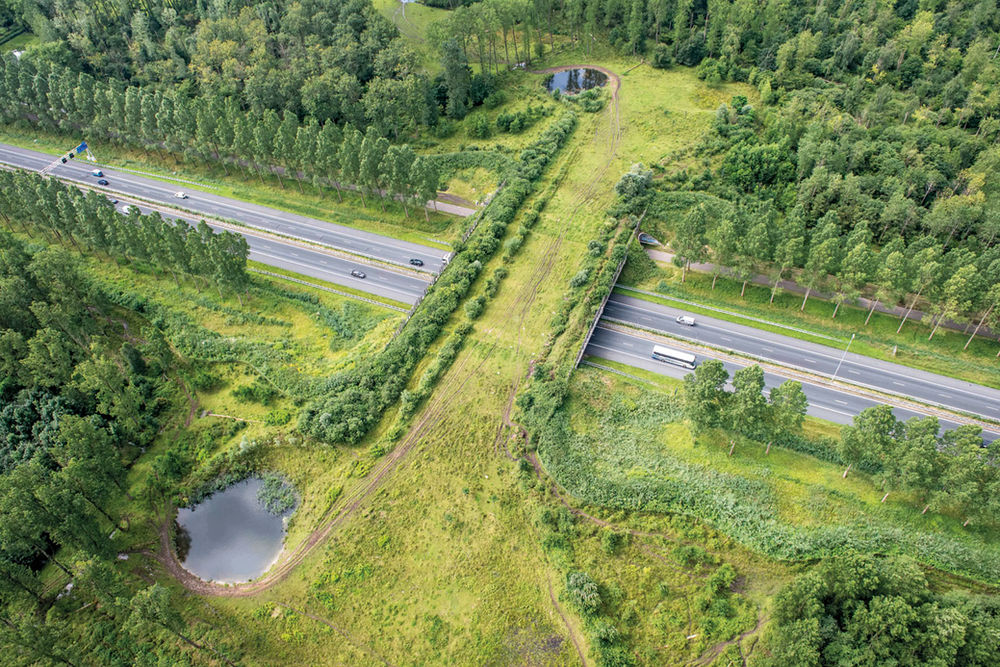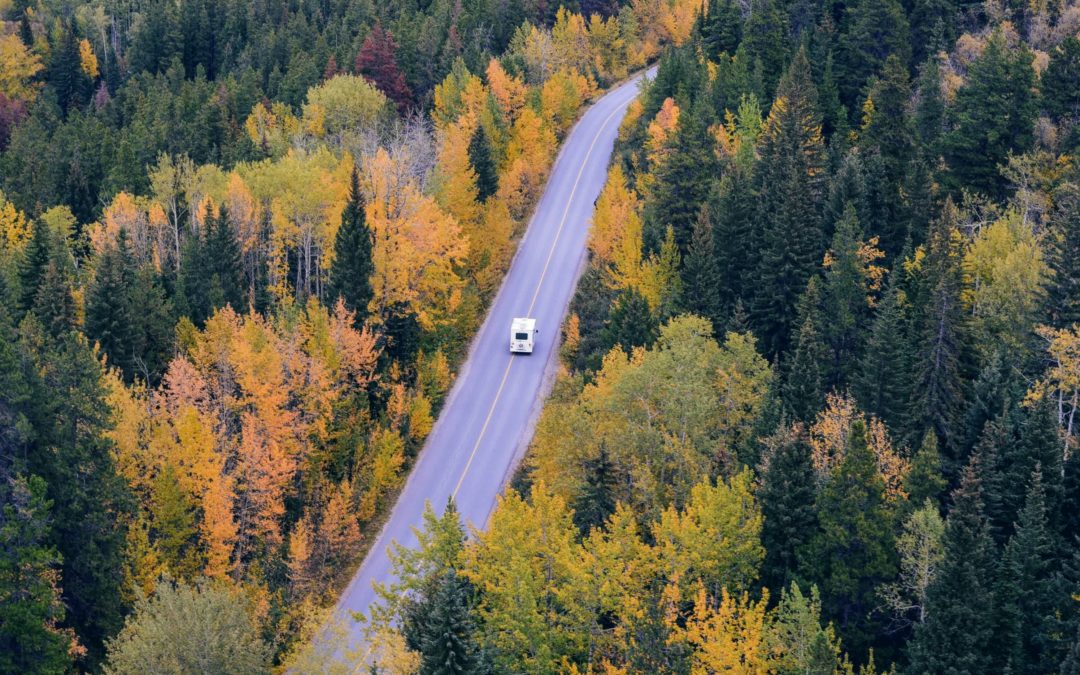On June 5th, and as all the years since 1974, is celebrated the World Environment Day. Annually, a theme is choosen to conmemorate this day, in 2022 the choosen one has been “Only One Earth”, slogan shared by the Stockholm Conference of 1972 where the United Nations Environment Programme was created (PNUMA).

REsearching all these information, I´ve stopped at the slogan of the past year, not only because of the theme but because I like words games. In 2021 the known 3R of the recycling were modified (REduce, REuse and REcicle) for making the slogan of the Environment 3R “REIMAGINE, RECOVER, RESTORE”
These 3 words are totally aligned with our daily work but what it seems to me more important, because of the difficulty involved, is the “R” of restore…
When we listen that a space needs to be restore, we tend to think in an abandoned mine, a landfill or any space that is desolated and in which we have to plant a handful of trees to make it again pleasing to the eye.

The truth is that ecosystems recover of all the alterations in a natural way, regardless of whether or not the hand of man has intervened, and even some of these changes are temporal or cyclic natural modifications. Then, when we have to act? The answer is easy, when the ecological balance that allows ecosystems to mature and maximise the services and benefits produced has been broken .
If we really stop to think in the spaces that we degradate or the ecosystems we break we will realise that behind our every steps there would have to be an environment restoration project.
For example, what occurs when we construct a road? We divide a landscape, but well, what is a line in the infinity of the castillian land? Seen like that, nor is it… However, what involvement could this line have in our ecosystem? From the point of view of biodiversity, the effects could be devastators. On which side of the road have animals stayed? And where have food stayed? And water? And shelter areas? And if we have divided a herd?
Environmental restoration projects aim to restore the environment to its original state, but this doesn´t mean that roads can´t be built or wind farms put up or a mine exploited. Environmental projects disrupt habitats for imitate the structure, function, diversity and dynamic that has the original ecosystem including also the visual integration of new elements of the landscape.

As well as the restoration of work of arts, we have to take into account several factors if we don´t want that our environmental restoration projects end up being as famous as Borja´s Ecce Homo, do you remember?
For the final result to be as expected, it should be very well planified, because this is the most important and decisive stage of the restoration, and should be addressed from an integrator and multidisciplinar point of view. Ecosystems are complex system in which infinity of variables intervene, therefore the planification must be confronted from all the available perspectives: ecology, zoology, botanics, geology, hydrology , engineer…
Once realized the diagnosis of the area, studied the ecosystem , stablished the objectives that wants to reach and the focus that is going to give, should be defined the technique solutions and evaluate the viability of each one, for later design and execute it.
If we continue with the previous example, for the right execution of huge lineal infrastructures , it should have take into account the ecosystem partitioning, and part of its restoration goes through realize wildlife crossings, that not only avoid traffic accidents for collision with animals or track exists, but allows giving those continuity to the fragmented habitat and avoid the loss of associated biodiversity. Design of wildlife crossing, lower or in height, must be made adapting to the infrastructures in accordance with the existing species of the area, as the needs fot he amphibians would be totally differnt that the needs of small mammals or the ones of big mammals.
Lower wildlife crossings, can be built taking advantage and adapting drainage structures, making them more wide and luminous to avoid tunnel efect, and revegetating entries for favouring the approach of animals but do not obstruct dreinage.


Superior wildlife crossings, in general we know them better, although probably we haven´t noticed them and we think that they are simple bridges or tunnels over our roads. The design of infrastructures has its own technique specifications of wide, acoustic and light insulation, height of side barriers, but also about vegetal and edaphic coverage and access shape for the animals to have a broad view of output and do not perceive they are crossing a high risk area for them.

If 50 years after the creation of PNUMA we can reuse the same slogan, isn´t because we take the 3R´s of recycling to the extreme, but because we should learnt of our mistakes and restored so that this time yes or yes, let us be “ONLY ONE EARTH” #OnlyOneEarth #WorldEnvironmentDay
- REimagine, REcover, ¡RESTORE! - 3 June 2022
